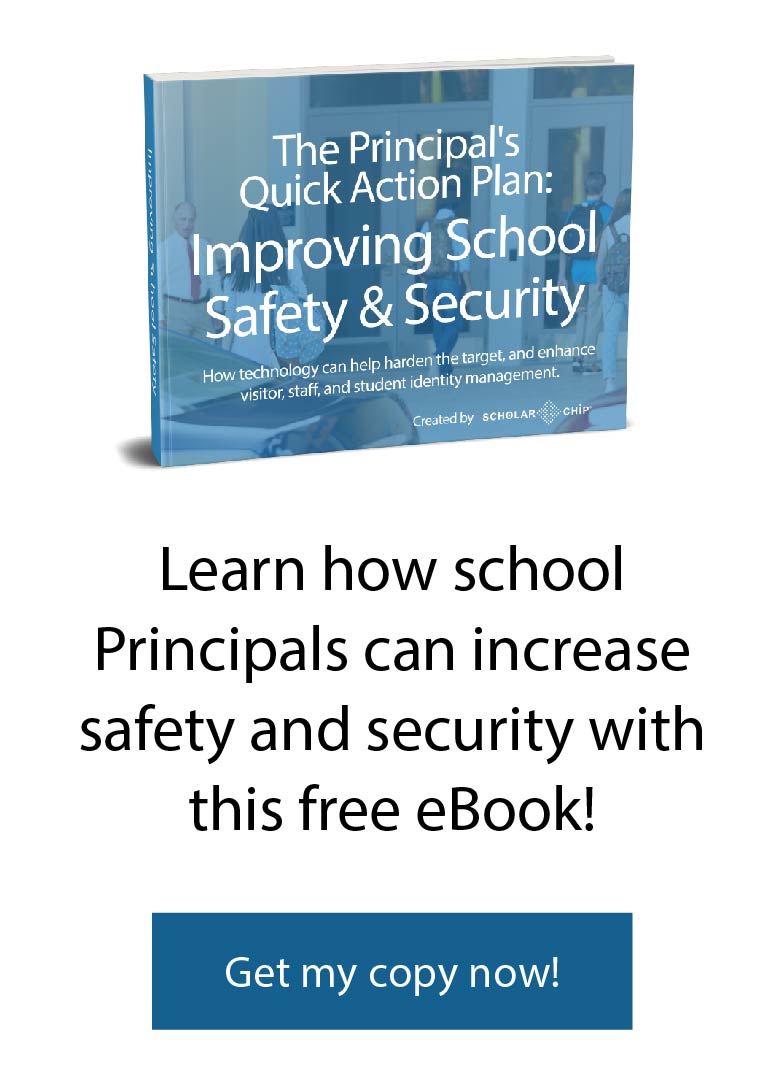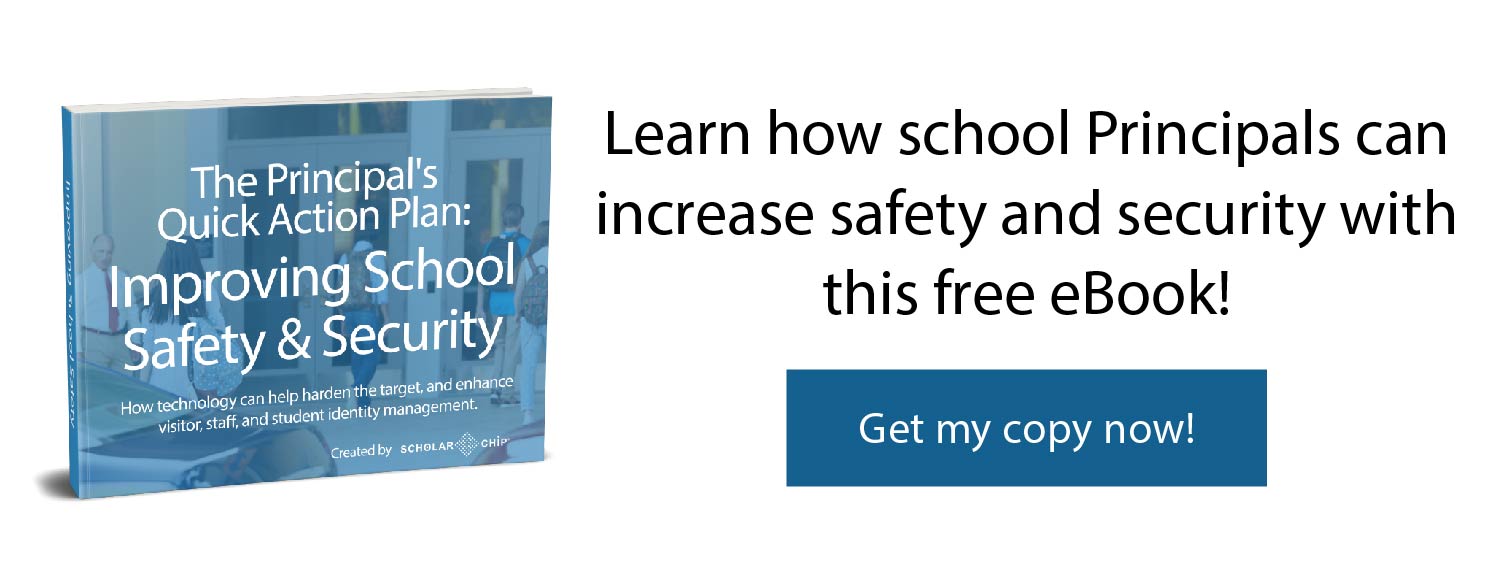School absenteeism is at a crisis point in the United States. Absenteeism rates are rising, with one estimate placing the scope of chronic absenteeism at 8 million school children annually.
Absenteeism leads to poorer educational experiences for those chronically absent. What’s more, the correlation between absenteeism rates and school safety means that students don’t feel as comfortable coming to school, leading to yet more absenteeism.
It’s a rough cycle.
School safety and absenteeism are both top of mind for parents, civic leaders, elected officials, and community members. Ensuring that students get to school, stay in school and are safe while in school are ever-present worries of school parents and staff, alike.
Data Show Correlation between School Safety and Absenteeism
The interconnection of absenteeism and school safety is deeply rooted. For example, a student who fears for their safety is more likely to stay out of school. Classroom productivity can grind to a halt if teachers need to deal with chronically absent students who are behind academically, disinterested, disruptive or have more behavioral issues.
Absenteeism is a leading indicator of higher drop-rates and poor school climate. In June 2018, New York City issued a report, Safe and Supportive Schools: A Plan to Improve School Climate and Safety in NYC. The report notes that there are “a handful” of schools that are chronically deficient in “preventing, de-escalating, and appropriately responding to” violent incidents and behavior-related issues are among the schools.
“Many of these same schools have the highest suspension rates, high rates of chronic absence, and most have very poor ratings from student surveys on indicators that contribute to school climate,” the report states.
There are many causes for chronic absenteeism, including poor grades, illness, caring for a family member, mental or emotional issues, and challenges with basic needs like clothing and food. All are complex and intertwined issues. But one is directly related to school safety: bullying.
According to a CDC report in 2013, 21% of high-school students have have mentioned they reported missing school because of safety concerns from digital or physical bullying. In 2016 roughly 18.5% of students said they missed school because of bullying on campus and 10.5% of students missed school because of cyberbullying. This statistic will always fluctuate as time goes on but will always be prevalent to one of the main reasons that are directly connected to school absenteeism.
Bullying situations often make students feel unsafe and reluctant to attend school, thus creating an un-ideal school climate. In 2018, the U.S. Department of Education received 135,600 cases of bullying or harassment from school children in the 2015-16 academic year. Forty-one percent were bullied or harassed on the basis of sex, 22 percent on race, 16 percent on sexual orientation, 11 percent on disability and 8 percent on religion.
What Chronic Absenteeism Means For Schools and Communities
The National Education Association recently published a research brief on chronic absenteeism. Among its findings:
- Chronic absenteeism is most prevalent in students with disabilities, students of color, students in urban school districts and students in high-poverty areas.
- Absenteeism rates are highest in preschool/kindergarten and in high school.
- Absenteeism leads to lower academic performance.
- Absenteeism declines in grades 4-6, then increases in middle school and high school.
The NEA points out several areas where school systems have begun to turn the corner. Several are directly related to school safety, including:
- Early Intervention: Early warning systems allow staff to identify students with behavior or academic performance issues that could lead to a greater chance of dropping out of school. Ideally, such systems integrate data on attendance, truancy, chronic absenteeism, grades and disciplinary actions. Identified students can be provided with guidance and support to learn necessary skills.
- Parent Engagement: Parental involvement is vital to curbing absenteeism. Systems that alert parents to absent students and involve those parents in addressing the issue are critical to changing behaviors.
- Safe Schools and Neighborhoods: In some communities, getting to and from school can be dangerous. Several school systems in large cities, including Baltimore, Chicago and Springfield, Mass., have adopted programs that monitor the areas around schools and provide a clearer climate of safety in and around schools with demonstrable positive results.
The ScholarChip Solution
ScholarChip is an innovative, connected, and cost-effective solutions that address absenteeism and, in turn, school safety. A comprehensive approach to school safety gives school leaders the tools they need to create safer school communities. In addition, our integrated reporting gives leaders the ability to intercede, track trends and demonstrate the efficacy and impact of such solutions.
Our solutions include:
- Smart ID Card: This smart ID card is the cornerstone of our services. An embedded chip in student and staff IDs allows for easy tracking of attendance quickly. The card gives you real-time tracking, cost reduction and faster identification. The smart ID card has a chip inside of it, allowing to be a unique identifier associated only with the student who owns the card.
- Automated Attendance: Mobile kiosks make taking attendance simple at school entrances, classrooms, and special locations like cafeterias, gyms and auditoriums. These attendance tools also let school officials notify and involve parents in attendance issues. Other attendance uses include:
- Bus Attendance: Students tap on and off and staff can easily manage field trips along with daily bus usage.
- Large Group Attendance: For special events, the mobile kiosks make it simple to track who’s in attendance.
- Behavior Management and ABE: ScholarChip’s tools allow teachers and administrators to flag students early when concerns arise. Our Alternative Behavior Educator (ABE) tool lets staff assign modules that let students work on needed skills with built-in incentives, interventions and tracking. Administrators and teachers can use data-driven reports to indicate at-risk pupils, monitor progress and support students as needed.
- Visitor Management: Keeping campuses safe means knowing who is in a building and why. Track parents, vendors, volunteers and other visitors with a solution that scans driver’s licenses, issues sex offender alerts, and prints visible visitor badges that track entry and exit, purpose and location.
The ScholarChip services are cloud-based, giving staff access to information from any device or browser. The data and reporting integrate with your student information system and delivers real-time insights, visible solutions and tools that demonstrate vividly the security measures in place. Actionable information helps staff members make smarter, better-informed decisions in the moment. Analytics provide detailed information over time that can demonstrate progress on school safety issues to stakeholders.
With ScholarChip solutions in place, your school will be safer and more welcoming to students while helping reduce absenteeism. Reach out to ScholarChip today for a 1-on-1 walkthrough on how to increase your school climate and reduce absenteeism rates!


